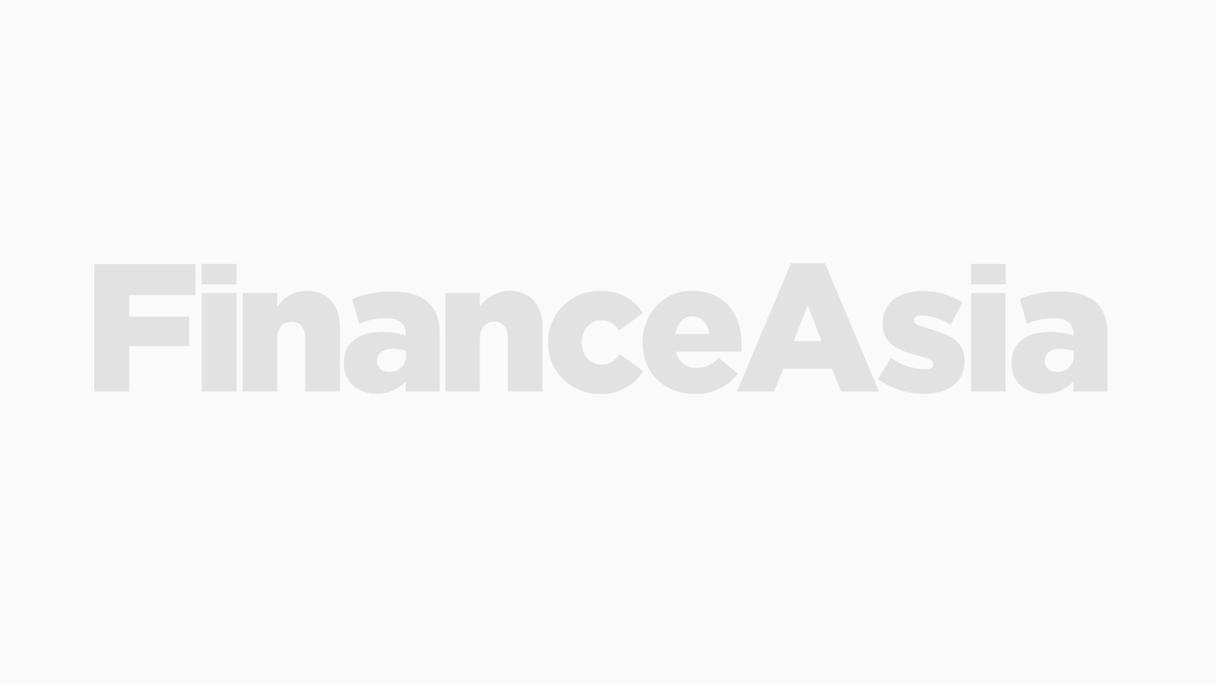The bonds saw the Indian issuer opt for a typically high conversion premium on the larger of the two tranches, while the smaller tranche upped the stakes for investors somewhat as the conversion price wonÆt be fixed for another year.
Because of the greater certainty, investors were more interested in the larger Tranche A which ended up with a final size of $150 million, after joint bookrunners Barclays Capital and Deutsche Bank tested the market with a size range of $100 million to $150 million. Tranche B was offered at $50 million to $100 million, and saw a final size of $50 million to bring the total deal size up to the pre-determined maximum of $200 million.
The conversion premium on Tranche B is lower. This tranche will also pay a marginally higher yield and has a slightly higher bond floor at 98.4%. Tranche A also has an unusually high floor of 97.8% to account for the large size of the deal and a strong run in the share price over the past five months.
Both tranches were said to have been about two times oversubscribed at the final deal size, although one market source said demand dropped off significantly beyond the price-levels where the terms were fixed. Many investors were believed to have bought into both tranches.
Tranche A was priced with a 50% conversion premium over FridayÆs volume-weighted average price of Rs676.04, giving a conversion price of Rs1,014.06. The premium was offered in an indicative range of 50-55%. The yield was set at 7.75% - near the top end of the 6.85% to 7.85% range.
The conversion premium on Tranche B was fixed at 30% after being offered at 30-35%. However, the reference price will be equal to the volume-weighted average price for the 30 trading days ending five trading days before May 16, 2007, meaning investors wonÆt know until then how high the conversion price will be. There is a conversion price floor of Rs665 per share, or 2.1% below FridayÆs closing price of Rs679.
Similar forward-setting premium structures are not uncommon in the Indian market where share prices have routinely doubled over the past year, although on average, premiums tend to be set six month down the road, making AurobindoÆs 12-month structure somewhat rare.
ôTranche B will allow the company to capture as much of the upside as possible if the share price performs strongly in the first 12 months, and if it doesnÆt they will at least have a 50% premium on Tranche A,ö noted one observer, who added that the management is obviously very positive about the share price outlook to go for such a high-premium structure.
The investor interest for Tranche B may have been helped by the fact that AurobindoÆs share price has jumped 129% since early November when it received a tentative approval from the Food and Drug Administration in the US for the capsule form of a generic drug to treat HIV/AIDS. That approval was formally confirmed in early April and follows the expiry of GlaxoSmithKlineÆs patent on its capsule form of the same product which was marketed under the name of Retrovir.
However, if investors feel the share price - which reached an all-time high of Rs709 on April 7 - is likely to taper-off after such a strong run, it would make sense to buy into Tranche B in the hope of getting a slightly lower conversion price than on Tranche A.
Then again, the share price did jump another 4.7% while the bonds were being marketed on Friday, causing some doubt over that line of reasoning.
The yield on Tranche B was slightly above that on the larger tranche at 7.85%, but was fixed at 15 basis points below the top end of the 7-8% indicative range compared with 10 basis points below for Tranche A, suggesting solid demand.
The respective yields will give a redemption price of 146.285% of face value for Tranche A and 146.991% for Tranche B. Tranche A is callable after 2.5 years and Tranche B after three years, both subject to a 130% hurdle.
Both tranches were issued at par and the bookrunners offered asset swaps for 50% of each tranche at 315 basis point over Libor. This gave an implied volatility of 23.5% for Tranche A and 20% for Tranche B, which compared with an historic volatility of about 40%.
Investors will be fully compensated at a dividend yield above 1%, or at an absolute dividend payout level whichever is greater. The absolute level will be increased by Rs0.5 per share for each year starting from Rs3 per share in 2006. The stock borrow cost was assumed at 5%.
Like its Indian pharmaceutical peers, Aurobindo is currently focusing on its overseas expansion and a company director recently told the local Indian press that the company plans to spend up to $300 million on acquisitions, primarily in Europe although it is also eyeing opportunities in the US.
The money will be spent on four or five ôsmaller-sizedö acquisitions of about $50 million each, rather than it going for one large-sized deal of more than $250 million like some of its competitors have done, the director said. Over the next few years, the revenue coming from overseas operations is expected to increase to about 70% from 53% today, he added.
Aside from the HIV/AIDS drug approval this month, the company has a strong pipeline of other drugs awaiting FDA clearance in the US, and it is also bullish about the opportunities for generic drug makers like itself that are likely to emerge from a number of patent expiries over the next three years.
¬ Haymarket Media Limited. All rights reserved.



